
In January 1928 J Read Brown, the organist at the Wellington Square Baptist Church, merged his choir, the Wellington Square Choral Society, with the St Mary in the Castle Centenary church to celebrate the centenary of St Mary in the Castle with a performance of the Messiah. The concert was so successful that it was repeated in the following year and there began a highly successful ‘Town Choir’ that Hastings Borough Council was pleased to promote alongside the prestigious Hastings Municipal Orchestra for the traditional Good Friday performances of the Messiah at its newly built White Rock Pavilion.
The Choir and Orchestra participated in regular Music Festivals during the 1930s and the choir was named the Hastings Choral Union. This was the name of a very successful pre-First World War choir which attracted huge audiences from 1870 to 1914 under its leader, Dr Abram. In 1930 the new ‘Choral Union’ numbered 100 voices; by 1934 it had grown to 150 voices where it stayed for most of the time until World War Two. At a very early stage the Choir established a reputation for excellence in Christmas concerts, a tradition that has been maintained through to the present day.
After the War, Edmund Niblett became the man to revive the Choir and set new standards (see below). The Hastings Borough Council could not afford to keep its orchestra but it continued to promote Music Festivals most years and other major musical events, where the Choir had the opportunity to sing with the Southern Philharmonic Orchestra, later the London Philharmonic and Jacques Orchestras. The Choir took up Sir Adrian Boult’s suggestion of a new name: the Hastings Philharmonic Choir. By this time the Choir had performed under the major conductors of the nation: Basil Cameron, Julius Harrison, Thomas Beecham, Malcolm Sargent, and of course, Adrian Boult.
After the sudden death of the Choir’s eminent music director, Edmund Niblett in 1964, opportunities for publicly funded concerts diminished and in the following 25 years spanning four successive conductors, singing membership sadly declined, due to a number of factors including home entertainment (television) and the increasing diversification of music activities away from classical music in the town.
In 1989 Shirley Carey, already a singer and accompanist with the Choir, became a conductor and set about extending the repertoire, rebuilding membership and becoming more outward looking; more concerts outside Hastings and joint concerts with other choirs produced some memorable occasions; concerts in the Netherlands (Dordrecht) and France and return visits delighted both audiences and the singers. Roger Wilcock took over as conductor in 2004 and Hilary Davan Wetton in 2008. With membership of around 70 singers, concerts of outstanding appeal and success reaffirmed the respect and affection in which the ‘town choir’ was held. Roger Wilcock went on to champion mass participation in choral music with his ‘Big Choir’ and Hilary Davan Wetton introduced an academic rigour which suitably prepared the way for Marcio da Silva, the present music director.
Christopher Cormack
The article above first appeared in the programme for our 90th anniversary performance of Verdi’s Requiem on 5 May, 2018, pictured below, when we memorably joined forces with the Kosovo Philharmonic Choir and the Hastings Philharmonic Orchestra, along with four international soloists, to fill the stage of the White Rock Theatre in Hastings.
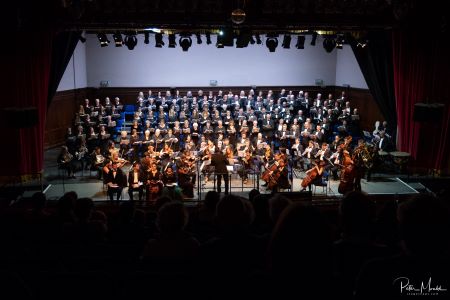

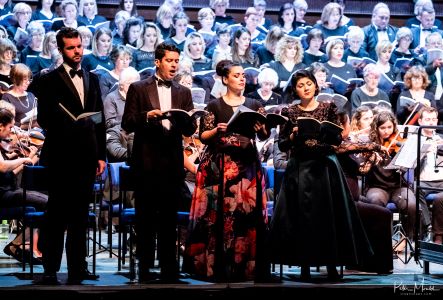
(Photographs: Peter Mould)
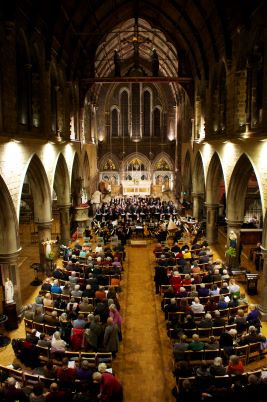
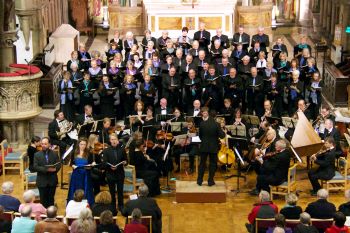
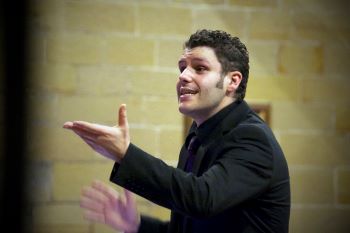
For Marcio da Silva's first concert with Hastings Philharmonic Choir on 17 November 2012 the choir performed Haydn's The Creation with an orchestra of local players.
(Photographs: Peter Mould)
(Photographs: Peter Mould)



